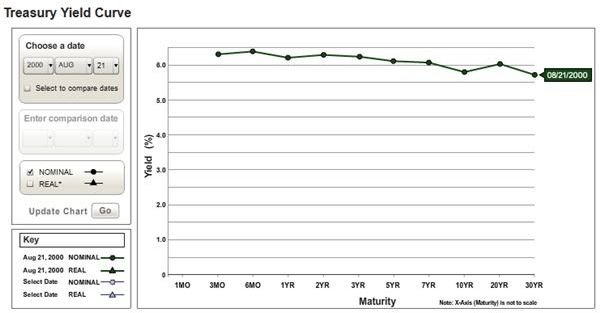The PP is actually a leveraged strategy. Yes we all like to bad mouth explicit leverage like literally using margin for speculating, but the PP has leverage embedded within its bond allocation. If you own a bond with a duration of 20 years, you effectively own a leveraged instrument.
Let's say I want to pursue a risk parity strategy and my equities have a 20% standard deviation and my bonds, with a duration of 10 years, have a 10% standard deviation. In order to hold the positions at risk parity, I would have to have 66% bonds and 33% equities. I need to hold twice as many bonds as stocks to get the risks to balance each other out. But let's say I want a higher expected return (presuming stocks have a higher expected return than bonds).
I could...
A) Construct a portfolio of 50% equities + 100% bonds -50% cash (margin is very similar to negative cash position because you borrow at short term rates).
Or I could
B) A) Construct a portfolio of 50% equities + 50% Bonds, this time using bonds with twice the duration. What have I done with B? I have used implicit leverage in the bond market, rather than explicit leverage through margin.
What's strange about the Permanent Portfolio's standard recipe though is that you get leverage with the 30 year, and then dilute that leverage with cash. This is a problem with the standard recipe because the rate at which you pay for leverage with the 30 year is greater than the rate at which you can earn with T-Bills.
Below I created a blend of TLT and SHY that approximated the volatility of TLH, an intermediate term treasury fund. The green line is the blend of TLT and SHY and the blue line is TLH.

Comparing the CAGRs you can see that you are paying for the leverage that you are not using. If you understand Sharpe ratios, just a quick glance will tell you that as well.
This has been true over time as well. If you look at Simba's spreadsheet, Sharpe ratios decline as you go farther out on the yield curve. The sharpe ratio would only decline materially if you were paying a premium over the risk free rate for leverage.
****
I see three actionable points.
1) Holding T-Bills and 30 year Treasuries does not make sense from an expected returns perspective. If your goal is to simply have a higher expected return without changing the underlying risk factors, 50% in an intermediate fund makes more sense.
2) The barbell still may be worth pursuing if your PP overflows your tax deferred space. You can isolate the long end of the curve in your tax deferred accounts and keep money in the bank as your "cash" allocation. Finally, you can exploit subsidized rates with EE bonds (thinking of them as cash with free call option rates remaining low if you decide to wait for it to double) or use I-Bonds to help mitigate some of the leverage expense.
3) You could embrace the leverage you are already paying for and forego the cash allocation.
Bottom line, holding 30 year bonds and T-Bills in a single tax deferred account does not make economic sense. The barbell can be justified for other tax/liquidity reasons, but you are paying for it.






